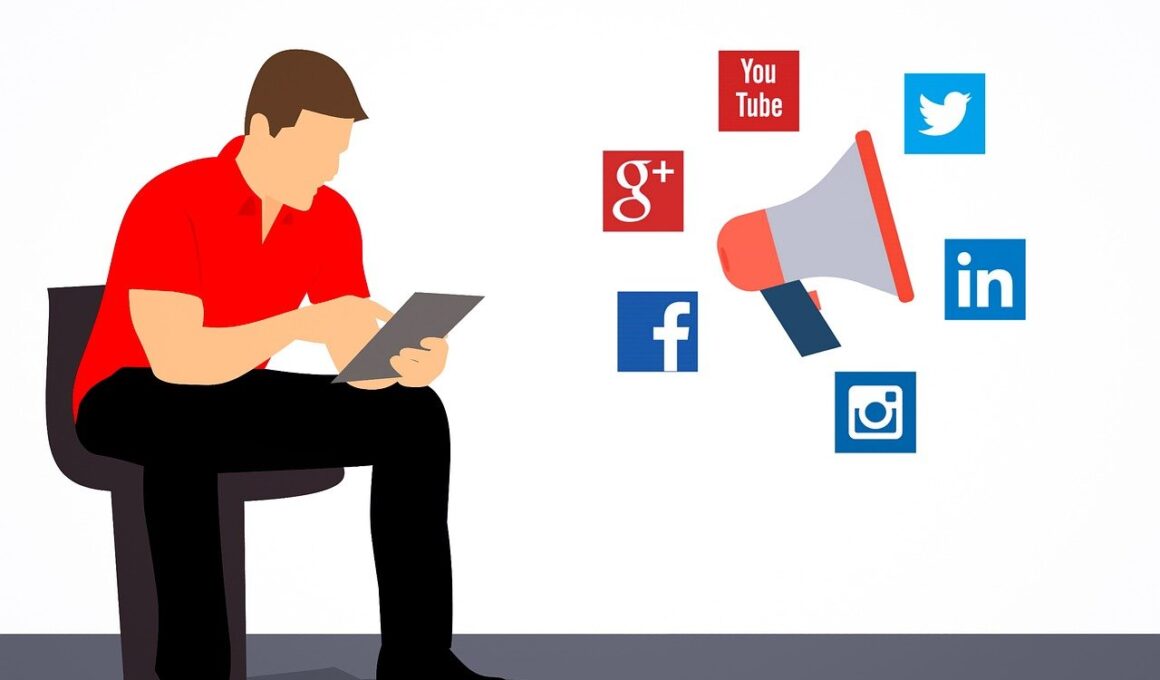Step-by-Step Guide to Linking Social Media Images to Landing Pages Successfully
Linking social media images to landing pages is an essential strategy to drive traffic and increase conversions for your brand. It involves creating a direct connection between visual content shared on social platforms and targeted web pages. By doing this, you can better engage your audience and improve user experience. First, ensure that the images you use are high quality and relevant to the content of your landing page. This will capture the interest of potential customers and encourage them to click through. Use A/B testing to consider different images, as various visuals might resonate differently with diverse audience segments. It’s also critical to optimize images for loading speeds to minimize bounce rates. Engaging captions and compelling calls-to-action accompanying your images can further enhance click-through rates. Utilize tools such as Pinterest, Instagram, and Facebook to link directly to your landing pages. These platforms allow for seamless integration of images to your business objectives. Additionally, keeping track of your analytics will help you refine your strategies for effective outcomes. Implement these steps to see significant benefits in your social media marketing efforts, leading to conversions and brand loyalty.
To create an effective linking strategy, first identify your target audience. Understanding who they are will help you develop impactful images that resonate with their preferences. Consider factors such as demographic information, interests, and online behaviors. Use this information to inform your image selection, ensuring it aligns with their expectations and motivates them to take action. Make your images emotionally or visually stimulating to grab their attention instantly. You can experiment with different styles of images such as infographics, high-resolution photographs, or illustrated designs that may appeal to your audience specifically. Once you have an appealing image, think about the landing page you wish to link it to. The content on that page must be consistent with the image in order to maintain potential customers’ interest once they click through. This means matching the visuals and messaging more cohesively so that it fosters trust and encourages further exploration of your offerings. Don’t forget to optimize your landing pages for mobile devices since many users will be accessing them through their smartphones, ensuring a seamless transition from social media to your website.
Best Practices for Image Selection
When selecting images, consider the aesthetic aspects and branding. Images should reflect your brand’s identity, values, and style. Consistency in visual elements helps establish brand recognition among your audience. Using specific colors, fonts, or design templates across all your images can contribute to a cohesive brand presence. High-quality visuals are non-negotiable; blurry or pixelated images can harm your credibility and deter potential customers. Additionally, ensure that images are properly sized for each social media platform you plan to use. Each platform has different optimal dimensions to ensure your images appear correctly without any cropping or distortion. To drive even more engagement, also utilize user-generated content or testimonials in your posts. These images not only validate your brand’s quality but also showcase real-life usage. When you have effective images that serve the purpose of highlighting your offerings, users are more likely to engage and convert when they click through to your landing pages. Be mindful of seasonal and timely trends to tailor your images accordingly and keep your content relevant in the fast-paced world of social media marketing.
Incorporating relevant hashtags can enhance the visibility of your images across social platforms. Hashtags allow users to discover your content more easily, driving organic traffic to your images and, subsequently, to your landing pages. However, avoid overloading your posts with excessive hashtags; instead, pick a few carefully selected ones that accurately represent your content and audience interests. Successful image linking also entails crafting enticing image descriptions. Powerful captions can significantly influence user engagement levels, so harness the power of effective language. Use engaging words that create a sense of urgency or exclusivity around your offerings. You can also ask questions or encourage comments to stimulate interaction among your audience. Entice users to consider your brand by highlighting any promotions, limited-time offers, or new product launches linked to the content. Lastly, always monitor the performance of your posts using built-in analytics features found in social media platforms. Tracking which images drive the most traffic and conversions allows you to refine your strategies for future posts and improve your overall digital marketing efforts efficiently.
Tools for Image Optimization
Using effective tools for image optimization can take your linking strategy to the next level. Consider applying software like Canva or Adobe Spark for custom image designs tailored to your brand specifications. They offer templates and resources that make creating visually appealing images easy for marketers at all levels. You can also use tools like Google PageSpeed Insights to assess the loading speed of your landing pages after linking images. It’s crucial that your image sizes are balanced between quality and file size for optimal performance. Compression tools such as TinyPNG or JPEGmini can help reduce the file size without compromising visual quality. Additionally, consider implementing alt text for your images, which can improve accessibility and enhance search engine optimization (SEO). Alt text helps search engines understand the context of your images. Thus, improving your online discoverability. Tracking tools like Google Analytics can help monitor user behavior when they arrive at your landing pages. It will provide insights into how effectively your images are driving them there and what strategies you might need to adjust.
Another essential aspect of linking images to landing pages effectively is ensuring that your images are aligned with your overall marketing strategy. It means collaborating with other marketing departments, such as sales and content creation teams, to ensure consistency across various channels. Aligning your visual content with existing campaigns and promotions allows for a unified brand message while presenting potential customers with a seamless journey from social media to your website. Don’t forget to diversify your image strategy by combining videos and imagery to convey a richer story. Video content often performs exceptionally well across platforms and can significantly increase the retention rate of your messaging. Use images to introduce video content or provide behind-the-scenes glimpses into your operations. Promoting user-generated content, for example, can create a sense of community and authenticity among your audience. Engaging with customers who share your images can further develop these relationships and encourage future interactions. It is crucial to be responsive to comments and questions related to your content, nurturing community engagement and sustenance of interest.
Conclusion on Linking Success
In conclusion, linking social media images to landing pages successfully requires a combination of creativity and strategic thinking. By focusing on high-quality images that align with your brand identity and audience preferences, you pave the way for successful engagement. The proper selection of images, optimization tools, and leveraging platform analytics will provide valuable insights for continuous improvement. Remember that the journey doesn’t finish after publishing your posts; constant monitoring and revision based on performance can enhance future campaigns. Additionally, innovative approaches like experimenting with various styles of visual content could lead to impressive results. Maintain a flexible approach to adapt to ever-changing trends in the digital landscape. With these techniques, your marketing tactics can effectively drive traffic and conversion, translating the power of imagery into tangible results. In taking these steps, ensure you cultivate an authentic connection with your audience by reflecting their interests and lifestyles in your visual representation. Ultimately, the goal is to facilitate strong user engagement that translates into loyal customers, boosting both brand visibility and revenue.
Whether you’re a small business owner or part of a larger marketing team, these linking strategies are crucial for your brand’s success. By implementing these best practices, your image linking efforts can yield fruitful outcomes that promote engagement and convert visitors into loyal customers. Learning to craft compelling content that resonates well with your target audience while promoting your business objectives is essential for modern digital marketing. As platforms continue to evolve, staying ahead of the curve by utilizing these strategies ensures ongoing success in social media marketing efforts. The potential for growth and transformation through intentional linking is vast. Developing a solid strategy will facilitate smoother navigation for customers, increase traffic to your site, and ultimately enhance your bottom line. Make continuous improvement a priority, and do not hesitate to adjust your tactics based on the insights you gather from tracking and analytics. With consistent practice, you will witness significant growth in brand recognition and conversion rates.


